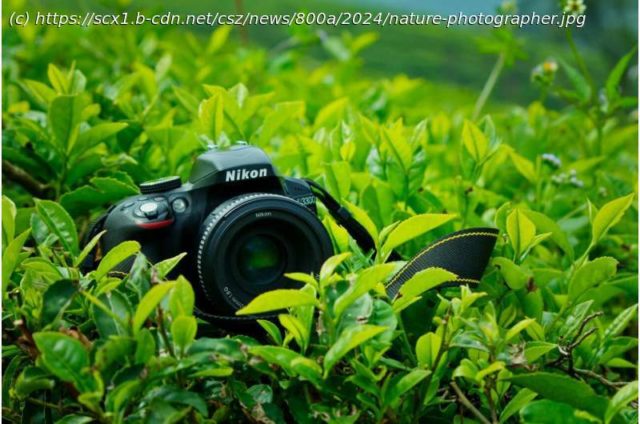Have you ever liked or shared a social media post about nature? It could have been a photo of a rare orchid or an unusual bird. Or you might share a stunning photo of an “undiscovered” natural place.
Have you ever liked or shared a social media post about nature? It could have been a photo of a rare orchid or an unusual bird. Or you might share a stunning photo of an “undiscovered” natural place.
It feels good to do so. You’re sharing something beautiful, an antidote to negativity. But not even this simple act is problem-free.
Social media have become a huge force. It’s come with many positives for nature, such as greater visibility and interest in citizen science and public knowledge about the species we share the planet with. Australia’s largest citizen science project, the Aussie Bird Count, collected reports of 3.6 million birds in backyards in one week, for example, making good use of social media.
There is, unfortunately, a dark side to this effortless sharing of information. It is possible to love species to death, as our new research has found.
How? Viral photos of undisturbed natural beauty can lead thousands of people to head there. As more people arrive, they begin destroying what they loved seeing on screen.
And then there’s the competitiveness among photographers and content-makers hoping to gain influence or visibility by posting natural content. Unethical techniques are common, such as playing the calls of rare bird species to lure them out for a photo.
Social media do not directly cause damage, of course. But the desire for positive feedback, visibility or income can be very strong incentives to act badly.
The critically endangered blue-crowned laughingthrush now lives in only one province in China. Its wild population is now around 300.
So many people went to find and photograph this rare bird that the laughingthrush was forced to change how it nested to avoid flashlights and the sound of camera shutters.






